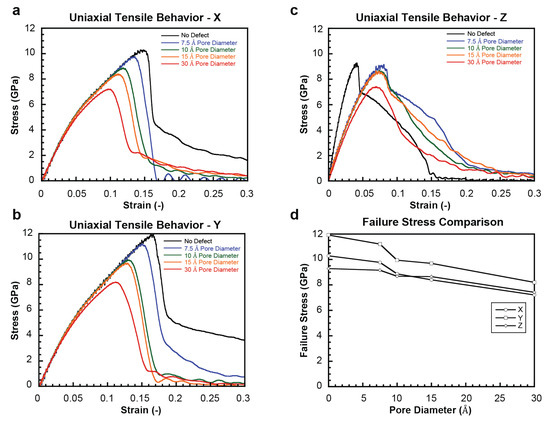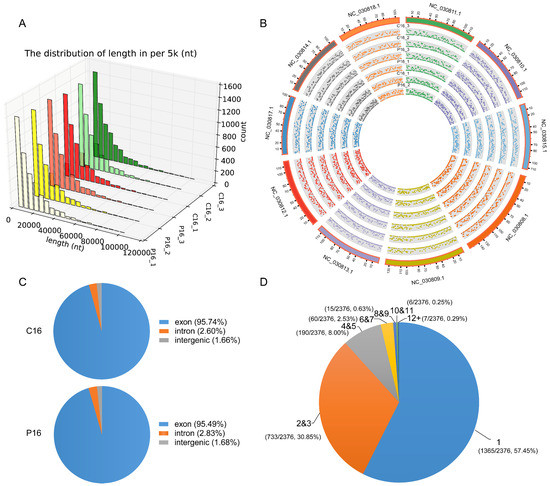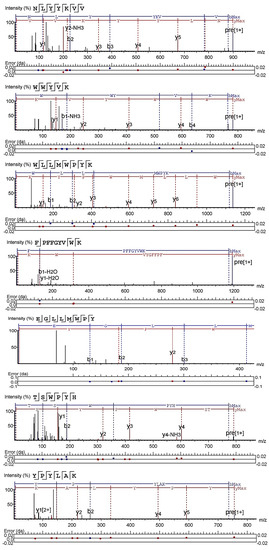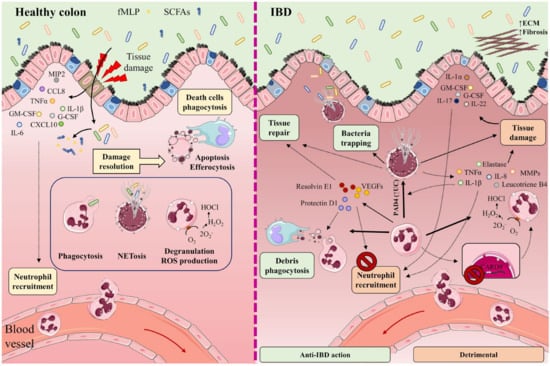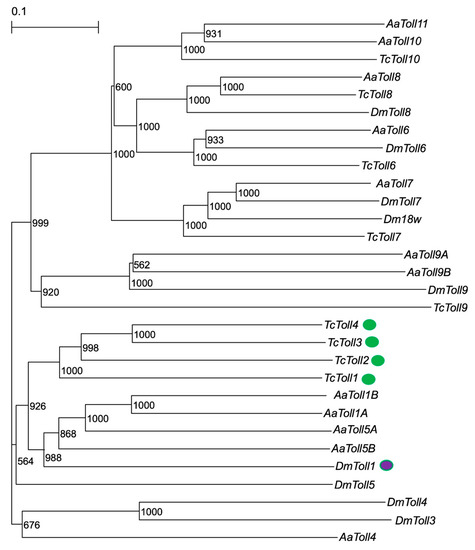Int. J. Mol. Sci. 2023, 24(2), 1537; https://doi.org/10.3390/ijms24021537 - 12 Jan 2023
Cited by 4 | Viewed by 2091
Abstract
Pancreatic ductal adenocarcinoma (PDAC) is a dismal disease with a poor clinical prognosis and unsatisfactory treatment options. We previously found that the transcription factor CCAAT/Enhancer-Binding Protein Delta (C/EBPδ) is lowly expressed in PDAC compared to healthy pancreas duct cells, and that patient survival
[...] Read more.
Pancreatic ductal adenocarcinoma (PDAC) is a dismal disease with a poor clinical prognosis and unsatisfactory treatment options. We previously found that the transcription factor CCAAT/Enhancer-Binding Protein Delta (C/EBPδ) is lowly expressed in PDAC compared to healthy pancreas duct cells, and that patient survival and lymph node involvement in PDAC is correlated with the expression of C/EBPδ in primary tumor cells. C/EBPδ shares a homologous DNA-binding sequence with other C/EBP-proteins, leading to the presumption that other C/EBP-family members might act redundantly and compensate for the loss of C/EBPδ. This implies that patient stratification could be improved when expression levels of multiple C/EBP-family members are considered simultaneously. In this study, we assessed whether the quantification of C/EBPβ or C/EBPγ in addition to that of C/EBPδ might improve the prediction of patient survival and lymph node involvement using a cohort of 68 resectable PDAC patients. Using Kaplan–Meier analyses of patient groups with different C/EBP-expression levels, we found that both C/EBPβ and C/EBPγ can partially compensate for low C/EBPδ and improve patient survival. Further, we uncovered C/EBPβ as a novel predictor of a decreased likelihood of lymph node involvement in PDAC, and found that C/EBPβ and C/EBPδ can compensate for the lack of each other in order to reduce the risk of lymph node involvement. C/EBPγ, on the other hand, appears to promote lymph node involvement in the absence of C/EBPδ. Altogether, our results show that the redundancy of C/EBP-family members might have a profound influence on clinical prognoses and that the expression of both C/EPBβ and C/EBPγ should be taken into account when dichotomizing patients according to C/EBPδ expression.
Full article
(This article belongs to the Special Issue Molecular Research on Pancreatic Cancer: From Pathology to Therapy)
►
Show Figures


